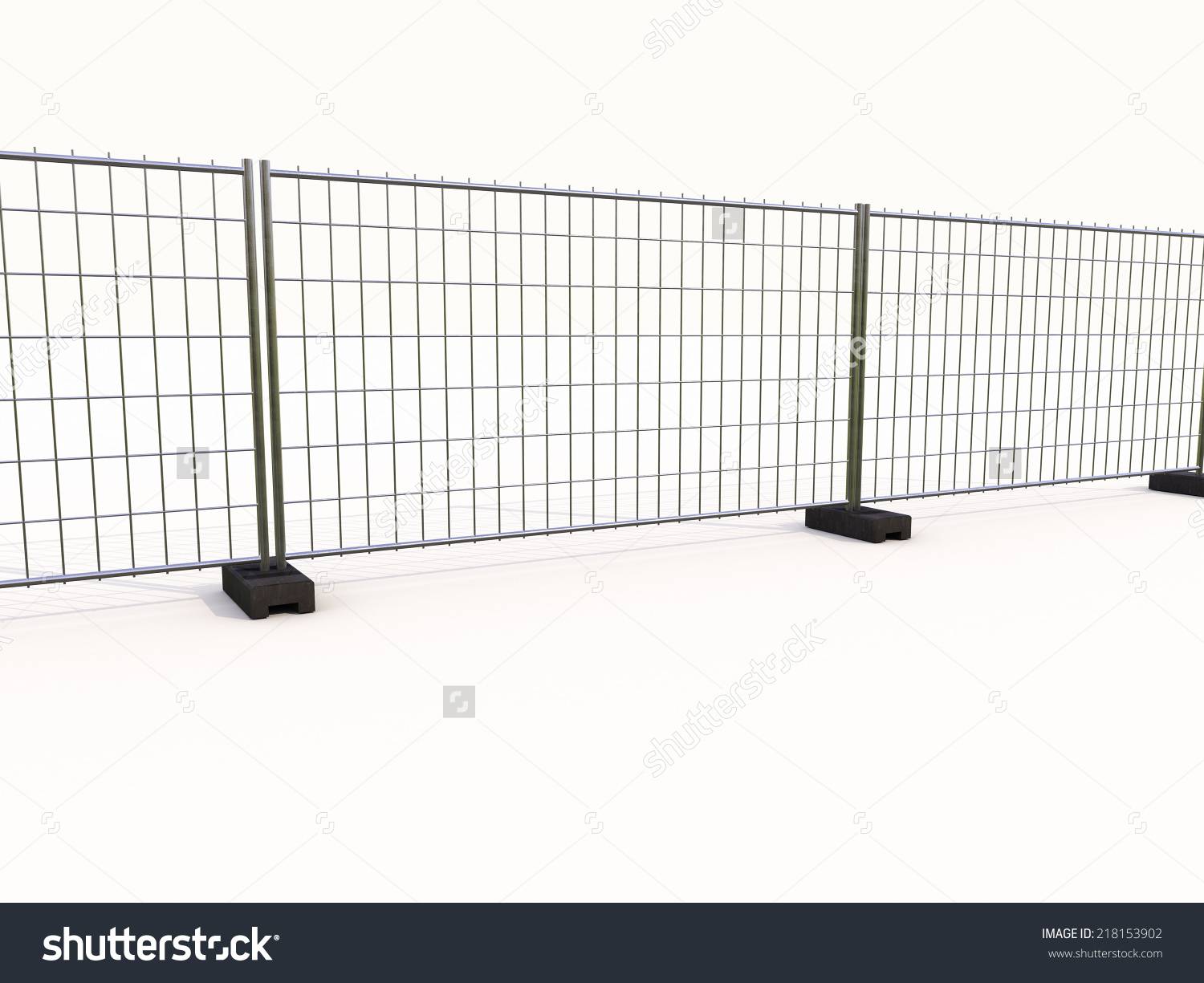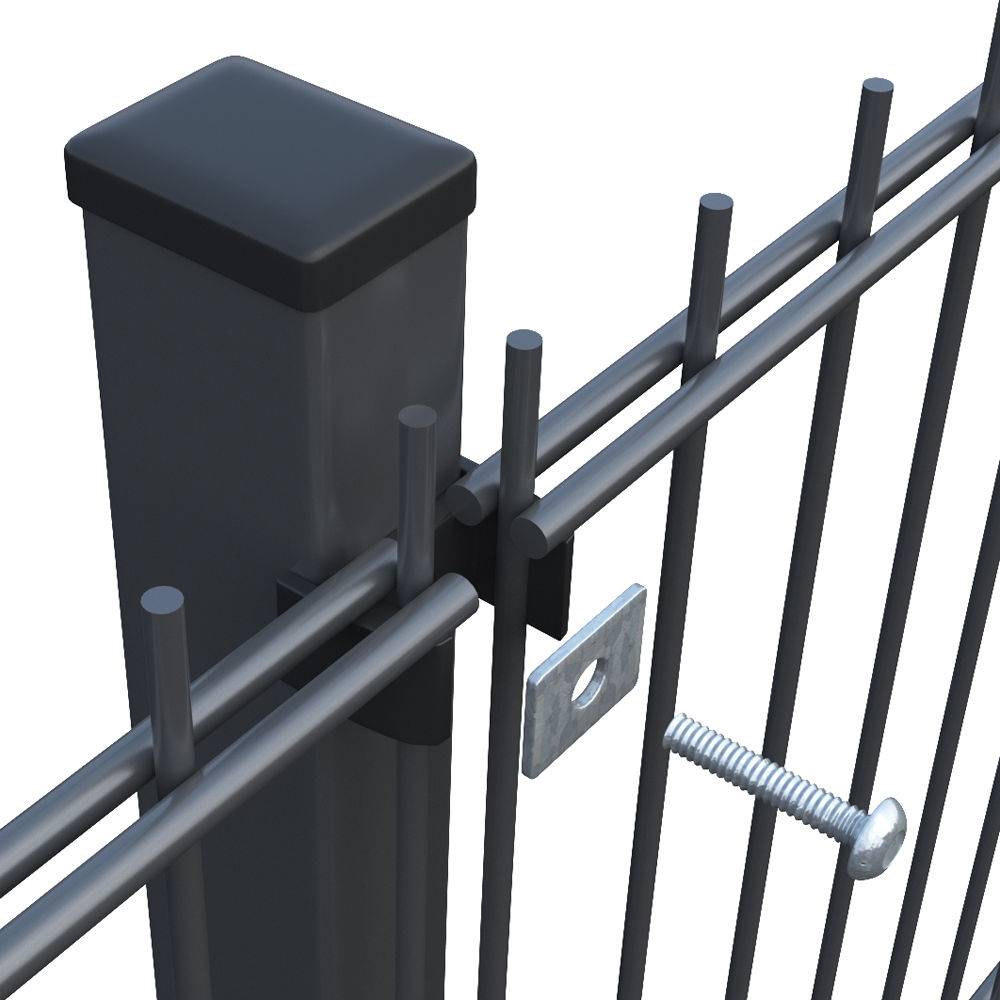

- Afrikaans
- Albanian
- Amharic
- Arabic
- Armenian
- Azerbaijani
- Basque
- Belarusian
- Bengali
- Bosnian
- Bulgarian
- Catalan
- Cebuano
- China
- China (Taiwan)
- Corsican
- Croatian
- Czech
- Danish
- Dutch
- English
- Esperanto
- Estonian
- Finnish
- French
- Frisian
- Galician
- Georgian
- German
- Greek
- Gujarati
- Haitian Creole
- hausa
- hawaiian
- Hebrew
- Hindi
- Miao
- Hungarian
- Icelandic
- igbo
- Indonesian
- irish
- Italian
- Japanese
- Javanese
- Kannada
- kazakh
- Khmer
- Rwandese
- Korean
- Kurdish
- Kyrgyz
- Lao
- Latin
- Latvian
- Lithuanian
- Luxembourgish
- Macedonian
- Malgashi
- Malay
- Malayalam
- Maltese
- Maori
- Marathi
- Mongolian
- Myanmar
- Nepali
- Norwegian
- Norwegian
- Occitan
- Pashto
- Persian
- Polish
- Portuguese
- Punjabi
- Romanian
- Russian
- Samoan
- Scottish Gaelic
- Serbian
- Sesotho
- Shona
- Sindhi
- Sinhala
- Slovak
- Slovenian
- Somali
- Spanish
- Sundanese
- Swahili
- Swedish
- Tagalog
- Tajik
- Tamil
- Tatar
- Telugu
- Thai
- Turkish
- Turkmen
- Ukrainian
- Urdu
- Uighur
- Uzbek
- Vietnamese
- Welsh
- Bantu
- Yiddish
- Yoruba

Noise Barriers: Effective Sound Control for Roads, Buildings, and Industrial Zones
Unwanted noise can disrupt communities, reduce property value, and create health risks. Whether it's from highways, factories, or urban environments, finding an effective noise barrier solution is crucial. If you're researching noise barrier types, looking for a cheap sound barrier, or considering options for a noise barrier for sale, this guide provides all the essential information you need.
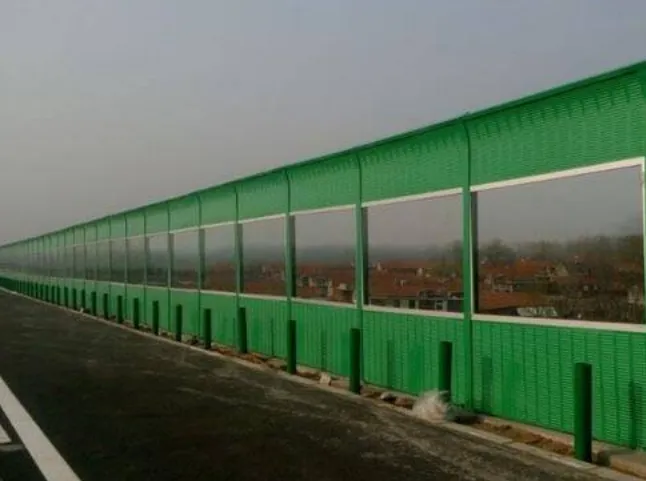
What Is a Noise Barrier?
A noise barrier, also known as a sound wall or acoustic fence, is a structure specifically designed to block, absorb, or deflect noise. These barriers are commonly used along highways, around industrial sites, or near residential neighborhoods to reduce environmental noise levels.
Unlike regular fences or walls, noise barriers are engineered with materials and designs that target specific sound frequencies to reduce overall noise pollution effectively.
Popular Noise Barrier Types
Before you look for a noise barrier for sale, it's important to understand the main noise barrier types and what makes them suitable for different situations.
1. Concrete Noise Barriers
Best for: Highways, railroads, and large industrial zones
Advantages: High durability, excellent sound reflection
Disadvantages: Heavy, expensive, less aesthetic
2. Metal Sound Barriers
Best for: Industrial zones and construction sites
Advantages: Strong, durable, can be modular
Disadvantages: Reflective (unless perforated with absorptive material), prone to rust without coating
3. Wooden Acoustic Fences
Best for: Residential areas, gardens, and commercial buildings
Advantages: Aesthetically pleasing, easy to install
Disadvantages: Less effective than concrete or metal, requires maintenance
4. Transparent Acrylic Barriers
Best for: Urban roads, areas needing visibility
Advantages: Blends with surroundings, allows light through
Disadvantages: Can reflect sound, more expensive than opaque barriers
5. Modular PVC or Composite Barriers
Best for: Temporary projects, lightweight needs
Advantages: Easy to install, corrosion-resistant, affordable
Disadvantages: Less durable for permanent installations
Understanding these noise barrier types helps you select the right solution based on your project’s environment, budget, and performance requirements.
Cheap Sound Barrier Options
If you're on a budget, finding a cheap sound barrier doesn’t mean you have to sacrifice effectiveness. Several options offer decent performance at a lower cost:
Mass Loaded Vinyl (MLV): Ideal for interior walls and fences; thin but dense material that blocks sound.
PVC Noise Barriers: Lightweight and relatively inexpensive, good for low to moderate noise control.
Used or Recycled Barriers: Some suppliers offer second-hand panels or recycled materials at a discount.
Do-It-Yourself Barriers: Building wooden fences with sound-absorbing layers can work well in residential settings.
Keep in mind, the cheapest option may not always offer the best long-term solution. When evaluating a cheap sound barrier, balance initial cost with expected performance and durability.
Applications of Noise Barriers
Noise barriers are used in a wide range of settings:
Roadways and Highways: To shield residential areas from traffic noise
Railway Lines: To reduce the impact of train sounds on nearby properties
Construction Sites: Temporary sound control for active development areas
Factories and Industrial Zones: Reduce machinery noise escaping to surrounding communities
Commercial and Residential Properties: Improve comfort and privacy in urban or noisy settings
The right noise barrier type can significantly improve environmental conditions, especially in noise-sensitive zones.
Installation and Maintenance Tips
Even the best noise barrier can underperform if not installed properly. Here are a few tips:
Height Matters: Sound travels over short barriers, so choose the right height based on noise source.
No Gaps: Even small gaps can reduce effectiveness; ensure continuous coverage.
Distance to Source: The closer the barrier is to the noise source, the better it works.
Regular Inspections: Check for cracks, rust, or rot, especially in wood or metal barriers.
Compliance: Make sure your noise barrier complies with local building codes and environmental regulations.
If you’re installing a barrier in a public space or alongside infrastructure, professional planning may be required.
Noise Barriers FAQs
Q1: How effective are noise barriers?
A: Depending on the material and design, they can reduce noise levels by 10–25 decibels, which can feel like cutting the noise in half.
Q2: What is the most affordable noise barrier for residential use?
A: Wooden fences with sound-absorbing backing or modular PVC barriers are often the most cost-effective.
Q3: Do noise barriers work for interior spaces?
A: Interior soundproofing uses different materials like acoustic panels, foam, or MLV, which are more suited for enclosed areas.
Q4: Can noise barriers block all sound?
A: No barrier can block all sound. They are most effective against direct noise paths but may allow some sound to diffract over or around them.
Q5: Are there regulations for installing noise barriers?
A: Yes. Local governments may have zoning laws, height restrictions, or environmental requirements for installing barriers—always check before proceeding.
Recommended Products
Latest News About CHENG CHUANG
-
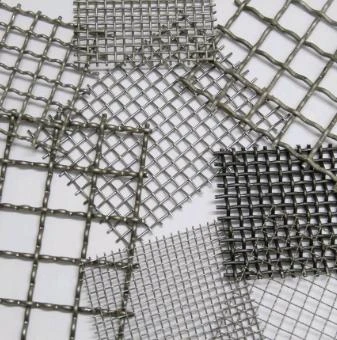 Wire mesh is durableWire mesh represents a cornerstone of modern industrial and agricultural solutions, offering unmatched versatility across countless applications.Read more >
Wire mesh is durableWire mesh represents a cornerstone of modern industrial and agricultural solutions, offering unmatched versatility across countless applications.Read more >Jul 11 2025
-
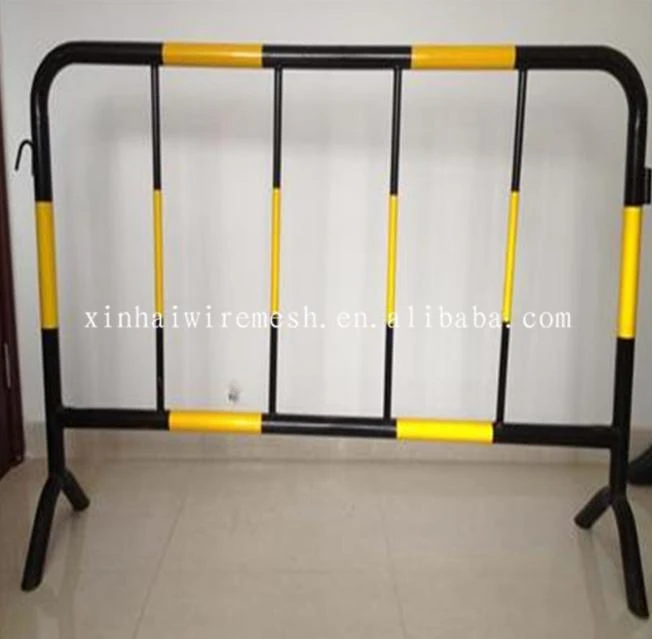 Safety barrier directs traffic flowIn high-risk environments, safety barrier systems stand as non-negotiable guardians against catastrophic incidents.Read more >
Safety barrier directs traffic flowIn high-risk environments, safety barrier systems stand as non-negotiable guardians against catastrophic incidents.Read more >Jul 11 2025
-
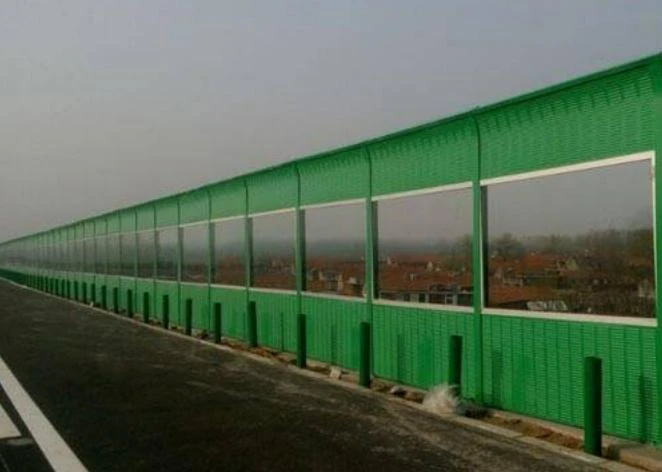 Modular Noise Barrier Eases InstallationUrbanization intensifies noise pollution, making noise barrier systems essential for preserving human health and tranquility.Read more >
Modular Noise Barrier Eases InstallationUrbanization intensifies noise pollution, making noise barrier systems essential for preserving human health and tranquility.Read more >Jul 11 2025
-
 Metal fence types enhance securityMetal fence types form the backbone of modern perimeter security solutions worldwide.Read more >
Metal fence types enhance securityMetal fence types form the backbone of modern perimeter security solutions worldwide.Read more >Jul 11 2025
-
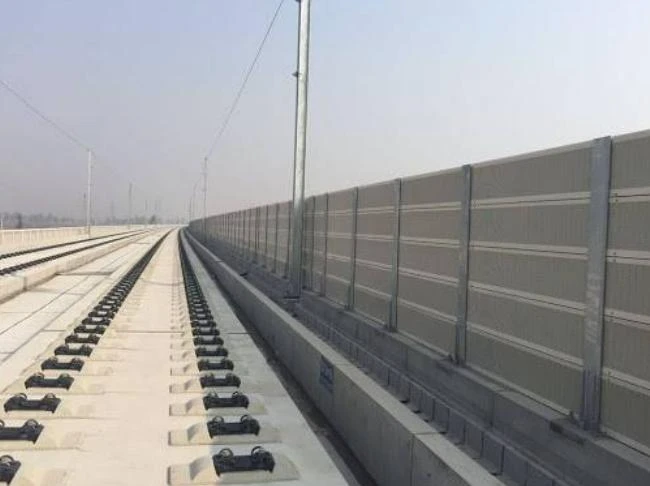 Crowd Control Barrier Manages Foot TrafficThe management of public gatherings demands precision, safety, and reliability, making crowd control barrier systems indispensable tools for organizers worldwide.Read more >
Crowd Control Barrier Manages Foot TrafficThe management of public gatherings demands precision, safety, and reliability, making crowd control barrier systems indispensable tools for organizers worldwide.Read more >Jul 11 2025
